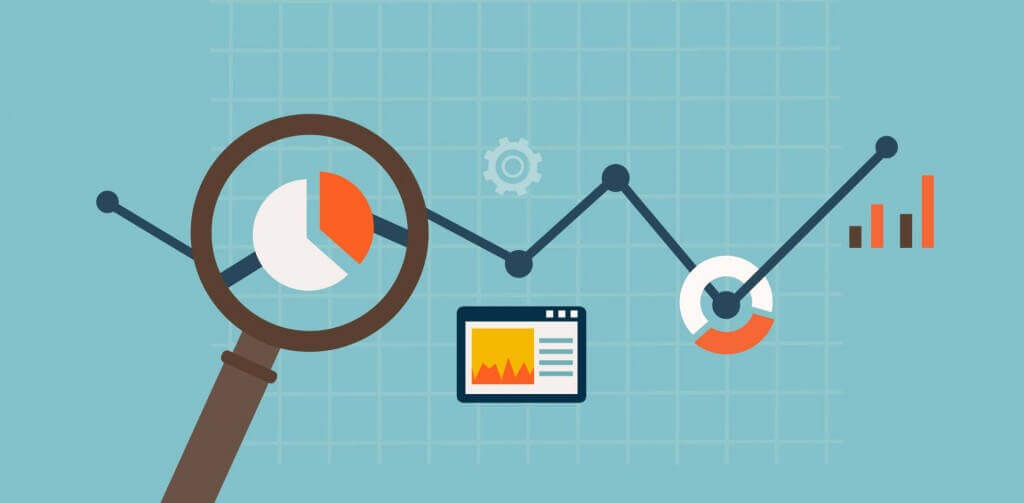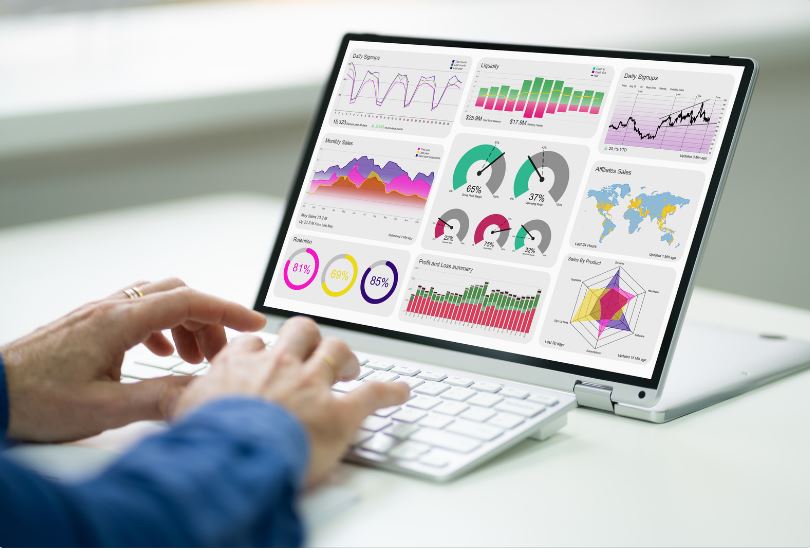Last Updated on
Let’s embark on an insightful journey, navigating the exciting world of Google Analytics and its cornerstone feature: Sessions.
Understanding Google Analytics Sessions: The Lighthouse in Your Digital Ocean
Google Analytics sessions stand at the heart of data analysis, akin to a lighthouse guiding ships through the impenetrable darkness of data oceans. Deceptively simple at a glance, sessions are potent tools capable of offering fascinating insights into user behavior once correctly interpreted.
Defining Sessions: The Building Blocks of User Analysis
In essence, Google Analytics sessions represent a user’s interactions on your website within a specific time frame, typically a 30-minute window. This window can include various actions, such as page views, social interactions, e-commerce transactions, and events.
Beyond the Basics: Expanding the Session Definition
However, Google’s definition of sessions extends beyond these interactions within a 30-minute time frame. Sessions also cover instances where traffic sources change mid-visit or when a user returns to your site past midnight, thus accounting for a multitude of user behaviors that paint a comprehensive user journey.
Power in Precision: Google Analytics Session Control
Google’s flexibility in handling sessions grants marketers and website owners potent precision. With adjustable settings in the Property Settings Tracking Info section, businesses can tailor session timeouts to their needs.
Fine-Tuning Session Timeouts: Unveiling User Engagement Patterns
By adjusting the length of user sessions, you can unveil unique engagement patterns. Short sessions can highlight quick, goal-oriented user behaviors, while longer sessions can offer insights into browsing patterns, providing invaluable information for website optimization.
Unleashing Campaign Timeout Potential: Mastering the Multi-Visit User Journey
Equally, as powerful, the adjustment of campaign timeout settings lets you track multi-visit user journeys. It unveils insightful data on campaign effectiveness over extended periods, empowering businesses to harness the full potential of their marketing strategies.
The Magic of Midnight: The Impact of the Day on Session Tracking
Intriguingly, the turning of the day is vital to Google’s session tracking. As the clock strikes midnight, Google Analytics resets the session tracking, offering a fresh slate for data analysis.
Midnight Magic: The Key to Daily User Interaction Insights
This ‘midnight magic’ reveals intriguing insights into daily user interactions. Understanding this fundamental element allows businesses to analyze day-by-day user behavior accurately, thereby assisting in optimizing content for peak user engagement hours.
Navigating Change: Unveiling the Power of New Traffic Sources
As users traverse the digital landscape, the sources directing them to your website may vary. Google Analytics accounts for these changes, initiating a new session whenever a traffic source alters mid-visit.
Seizing Opportunities in Source Shifts: Understanding the User Path
Recognizing source shifts is akin to decoding a treasure map of the user path. Each new session presents a unique opportunity to understand what compels users to engage with your website, thereby unveiling valuable opportunities for marketing optimization.

Unraveling Complexity: Mastering Google Analytics Sessions for Your Advantage
Google Analytics sessions, though complex, offer a treasure trove of data for those brave enough to delve into their intricacies. They unveil the complexities of user behavior, empower website optimization, and illuminate the effectiveness of marketing campaigns.
Every aspect of Google Analytics sessions, from basic definitions to advanced interpretations, works harmoniously to grant businesses unparalleled insights into their digital performance. As you master these sessions, you’re not just interpreting data—you’re charting the course of your digital success.
Remember, Google Analytics is your lighthouse, and sessions are the beacon guiding you through your data ocean. Harness this power, and you’re ready to navigate the thrilling seas of digital analytics.
FAQs
What are Google Analytics sessions?
In Google Analytics, a session refers to a period of user interaction with a website. It represents a single visit by a user, starting when they land on a page and ending after a period of inactivity or when they leave the website.
Here are some key points to understand about Google Analytics sessions:
- Duration: A session’s duration is determined by the time of user activity on the website. A session ends after 30 minutes of inactivity by default, but this time limit is adjustable in Google Analytics settings.
- Page Views: During a session, a user may view multiple pages on the website. Each page view is counted as part of that session.
- Interactions: Various interactions on the website are also considered part of the same session. These interactions include clicking on links, playing videos, submitting forms, or interacting with other elements tracked by Google Analytics.
- Sources: Google Analytics attributes each session to a specific traffic source, such as direct traffic (typing the URL directly), organic search, social media, a referral from another website, or a paid advertisement.
- Returning Visitors: If a user leaves the website and returns within the session timeout period, it is considered part of the same session. However, if the user returns after the session ends (due to inactivity or the next day), it is counted as a new session.
- Session Expiry: The default session timeout is set at 30 minutes, but as mentioned earlier, this can be adjusted. It will automatically end if a user is actively engaged on the website and the session reaches the changed timeout.
- Unique Users: Each session is associated with a unique user ID. If the same user visits the website multiple times, each visit will be recorded as a separate session, even using the same device or browser.
Google Analytics uses sessions to analyze user behavior, track website performance, and provide valuable insights into user engagement and interaction. It helps website owners and marketers understand how users interact with their content, how long they stay on the site, which pages are most popular, and how different traffic sources contribute to overall website traffic. This data is crucial for making informed decisions to improve website content, user experience, and marketing strategies.
What are sessions vs. new sessions in Google Analytics?
In Google Analytics, “Sessions” and “New Sessions” are metrics used to analyze website traffic and user behavior. Let’s understand each term:
- Sessions:
- “Sessions” in Google Analytics represent the total number of interactions or visits made by users to your website within a specific period. It includes all user activities during a visit, such as page views, events, transactions, etc.
- Each time a user lands on your website and engages with it, it is counted as one session. Suppose the user performs multiple actions during that visit (e.g., views multiple pages or triggers various events). In that case, it is still considered a single session until a period of inactivity or session timeout occurs (usually after 30 minutes of inactivity).
- Sessions provide insights into the overall volume of website traffic and user engagement over a specified time frame.
- New Sessions:
- “New Sessions” is a subset of sessions that explicitly tracks the first-time visits to your website within the selected reporting period. It represents the number of sessions initiated by users who have not visited your website or whose previous visit was beyond the scope of the chosen time frame.
- When a new user lands on your website for the first time, it is considered a new session. However, if the same user returns to the website later during the reporting period, their subsequent visits will not be counted as new sessions.
- “New Sessions” can be an essential metric to measure the acquisition of new visitors to your website, as it helps you understand how effective your marketing efforts are in reaching new audiences.
In summary, “Sessions” represent the total number of interactions or visits to your website, regardless of whether the user is new or returning. On the other hand, “New Sessions” explicitly tracks the number of first-time visits from unique users within the specified reporting period. These metrics provide valuable insights into user engagement and acquisition patterns, helping you assess your website’s performance and marketing strategies.




